Cats, whether lounging on your sofa or prowling the savannah, have captivated human interest for centuries. While domestic cats are a familiar sight in homes worldwide, their larger cousins—the big cats—roam various environments across the globe. Despite their differences in size, behavior, and habitat, both groups share a range of surprising similarities as well as distinctive differences. This article explores these fascinating aspects, providing insight into the world of felines. Let’s dive deeper into the intriguing world of cats, both big and small.
Evolutionary Background
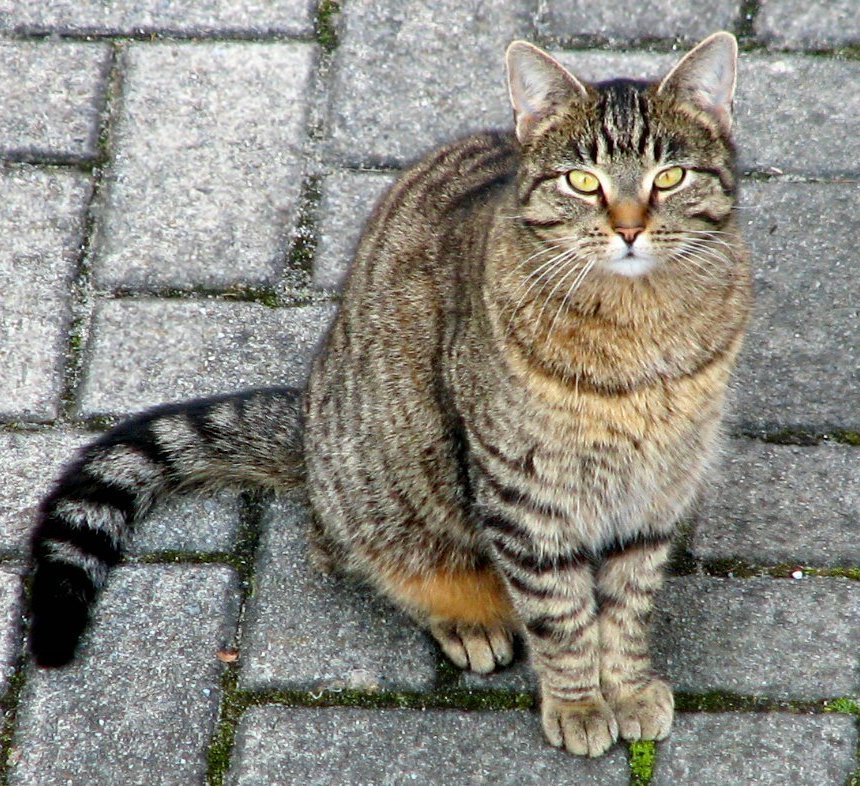
Cats are members of the Felidae family, tracing their origins back millions of years to a common ancestor. Both big cats and domestic cats share a high percentage of DNA, indicative of their evolutionary connection. Genetic studies reveal that domestic cats (Felis catus) diverged from their wild counterparts approximately 10,000 years ago, whereas big cats evolved into their various forms such as lions, tigers, and leopards over a longer timeline. This common lineage accounts for their shared traits.
Physical Traits

At first glance, the size difference between big and domestic cats is striking. Big cats like lions and tigers can weigh hundreds of pounds, while domestic cats typically weigh between 5 to 20 pounds. However, they possess similar physical attributes, such as retractable claws, sharp teeth, and a carnivorous diet. Additionally, both exhibit a flexible skeletal structure that aids in stealth and hunting, showcasing their shared predatory nature.
Hunting and Feeding Habits

Whether stalking the plains or pouncing on a toy, cats display a natural aptitude for hunting. Big cats are apex predators, often requiring vast territories to support their large prey needs. Conversely, domestic cats retain the instinct to hunt despite being fed at home, often catching small prey or toys for sport. This behavior underscores their shared hunting instincts, albeit on different scales and environments.
Communication and Social Structure
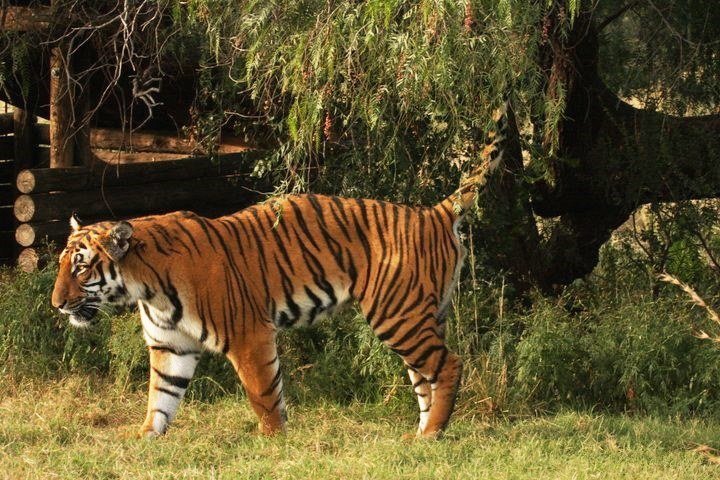
Big cats and domestic cats communicate using a variety of vocalizations, body language, and scent markings. Lions, being social animals, exhibit complex vocal communication within prides, while solitary big cats like tigers rely more on scent marking. Domestic cats employ a range of meows, purrs, and body signals to communicate with humans and other animals. Interestingly, both groups use purring not only for contentment but also for soothing themselves in stressful situations.
Reproductive and Mating Practices
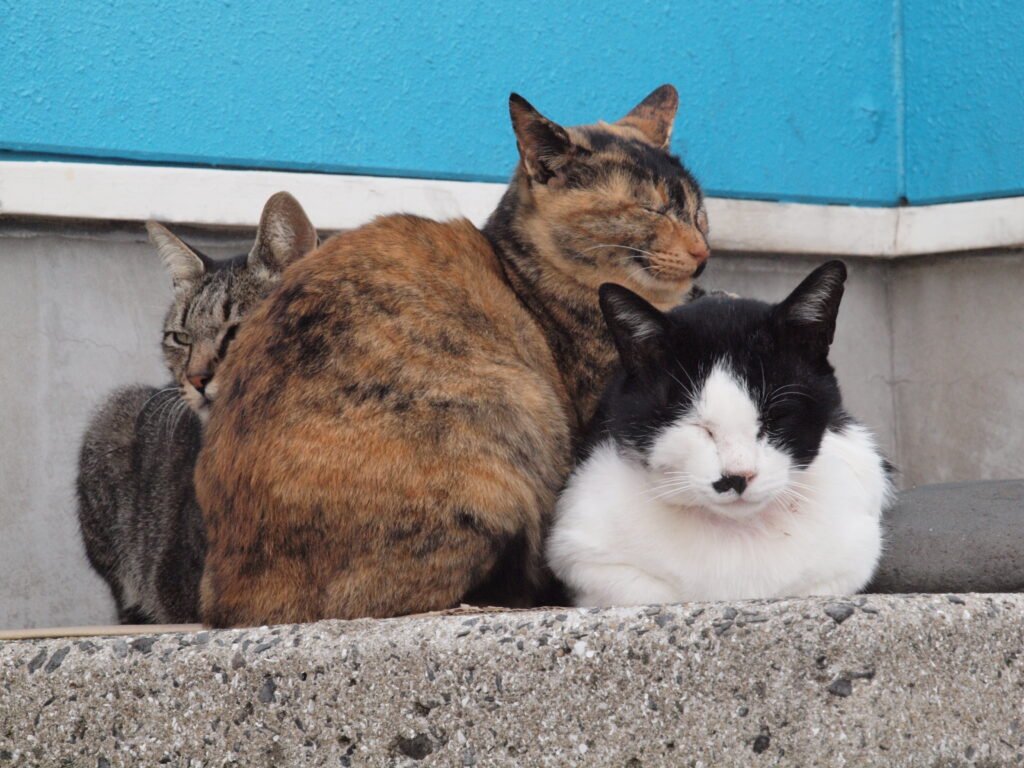
Reproductive practices in cats vary greatly between big and domestic cats. Big cats have specific mating rituals and seasons, with females raising cubs often solitarily or within small family groups. Domestic cats are prolific breeders due to their rapid sexual maturity and less seasonal breeding cycles, often resulting in multiple litters per year. The differences highlight their adaptability to various ecological niches.
Adaptations to Environment

Big cats have evolved to adapt to diverse environments—from the icy tundra of Siberian tigers to the dense jungles of leopards. Their physical and behavioral traits are finely tuned to their habitats. Domestic cats, on the other hand, have adapted to living alongside humans, demonstrating a remarkable ability to thrive in urban and rural settings worldwide. Adaptations such as coat variation and diet flexibility have enabled successful cohabitation with humans.
Health and Immunity
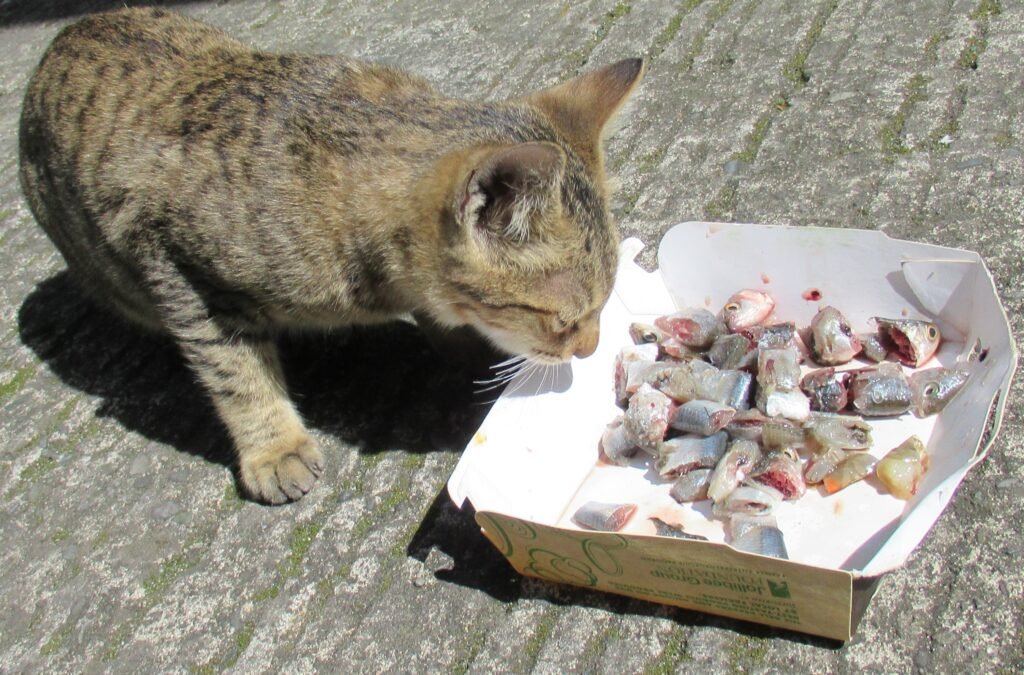
Both big and domestic cats face numerous health challenges in their environments. Big cats are vulnerable to diseases such as Feline Immunodeficiency Virus (FIV) and other pathogens that can affect their populations. Domestic cats, while generally having a higher level of veterinary care, can suffer from similar viral infections, parasites, and genetic disorders. Vaccination and human intervention have mitigated some risks for domestic cats, emphasizing the influence of domestication on health.
Human Interaction and Conservation

Big cats are often under threat due to habitat loss and human conflict, leading to comprehensive conservation efforts to protect these majestic creatures. Domestic cats, in contrast, are beloved pets, contributing positively to human life but occasionally impacting native wildlife populations when allowed to roam. Conservation of big cats often involves complex strategies balancing ecological needs with human interests, while domestic cats are a testament to successful human-animal bonds.
Conclusion
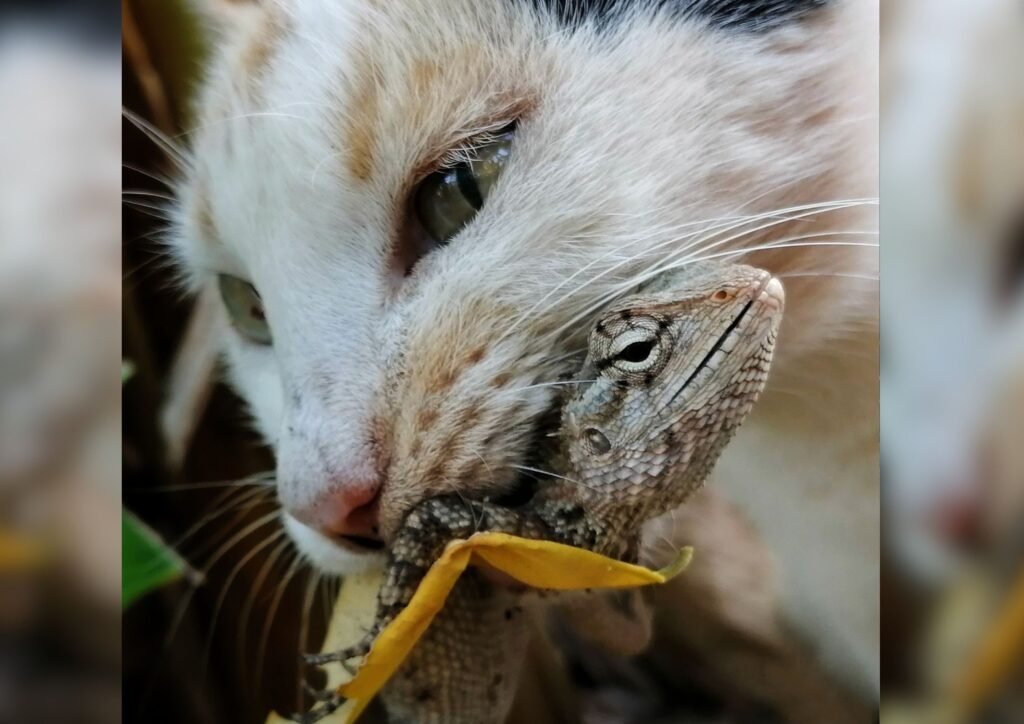
The world of cats, ranging from household companions to regal big cats, is rich with similarities rooted in shared ancestry and striking differences that highlight their unique adaptations to diverse lifestyles. Understanding these distinctions and commonalities enhances our appreciation for both groups and underscores the importance of conserving these remarkable animals for future generations.

Esther is from India; the heartbeat of South Asia, holding a Master’s degree in Zoology and a postgraduate diploma in Animal Welfare. Her enthusiasm for animal welfare drives her passion and dedication to work for animals, ensuring their well-being and advocating for their rights. With a solid academic background and hands-on experience, she is committed to making a positive impact in the field of animal welfare. In her free time, she enjoys embroidery and sewing. As a Chennaite from Tamil Nadu, Esther loves Bharathanatyam, an Indian classical dance form.






